Take a hike in Kaiserstuhl Conservation Park
Kaiserstuhl Conservation Park stands as one of South Australia’s remarkable natural treasures, located 70 kilometres northeast of Adelaide.
This protected area spans 5,439 hectares of diverse terrain, showcasing the region’s distinctive landscape. The conservation park borders the renowned Barossa Valley, creating a stunning backdrop for nature enthusiasts.
The Park’s Natural Landscape
The conservation park harbours an impressive collection of native plants, with over 400 species thriving within its boundaries. Rocky outcrops and grassy woodlands create a mosaic of habitats supporting various Australian wildlife. Early morning explorers often encounter kangaroos grazing peacefully, while echidnas forage through the undergrowth.
Distinctive geological formations dot the landscape, testament to millions of years of natural processes. These features provide essential habitat for native birds, including Adelaide Rosellas and Superb Fairy-wrens, which frequent the park’s diverse vegetation communities.
Notable Walking Trails
- The Stringybark Loop offers a gentle 3.5-kilometre journey through native vegetation, perfect for those seeking a shorter adventure. This trail showcases the park’s diverse flora, with seasonal wildflowers creating spectacular displays during spring.
- The Wallowa Hike presents distinctive landmarks including Horse Head Rock, shaped by centuries of weathering. Capped Rock provides another fascinating geological formation, where a horizontal slab balances atop a vertical outcrop. These natural sculptures create popular photography subjects, particularly during early morning light.
For more ambitious hikers, the challenging Heysen Trail section winds through some of the park’s most spectacular scenery. This segment forms part of the longer-distance trail, offering experienced walkers an opportunity to experience the rugged beauty of the conservation park.
Best Times to Explore
Spring brings mild temperatures and wildflower displays to Kaiserstuhl Conservation Park, creating ideal hiking conditions. Autumn offers similar comfort, with both seasons providing optimal wildlife viewing opportunities. The park’s elevated position provides sweeping views across the surrounding ranges, particularly spectacular during these moderate seasons.
The Peramangk people maintain strong cultural connections to this land, with their heritage reflected throughout the park’s walking trails. Traditional knowledge helps modern park managers understand and protect this significant landscape.
Essential Preparation
Sturdy footwear proves essential for navigating the park’s rocky terrain. Bringing adequate water supplies helps ensure a comfortable hiking experience, while sun protection remains crucial in all seasons. The conservation park experiences variable weather conditions, making layered clothing advisable.
During summer months, early morning walks offer the most comfortable conditions for exploring the park’s trails. Winter brings refreshing conditions ideal for more strenuous hikes, though paths may become slippery after rain.
The park’s proximity to the Barossa Valley wine region allows walkers to combine their hiking adventure with regional experiences. Several marked trails provide options for various fitness levels, ensuring accessibility for most outdoor enthusiasts.
Getting there:
- Address: Tanunda Creek Rd, Tanunda SA 5352
- Hours: Open 24 hours
- Horse head rock

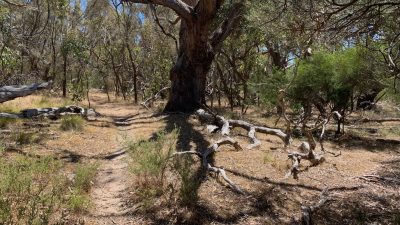
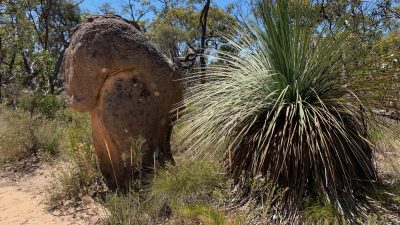

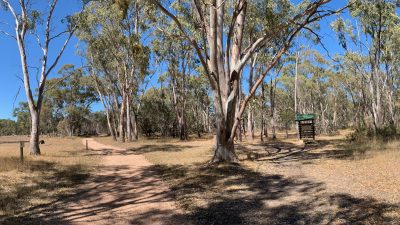
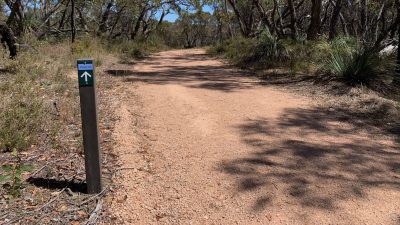

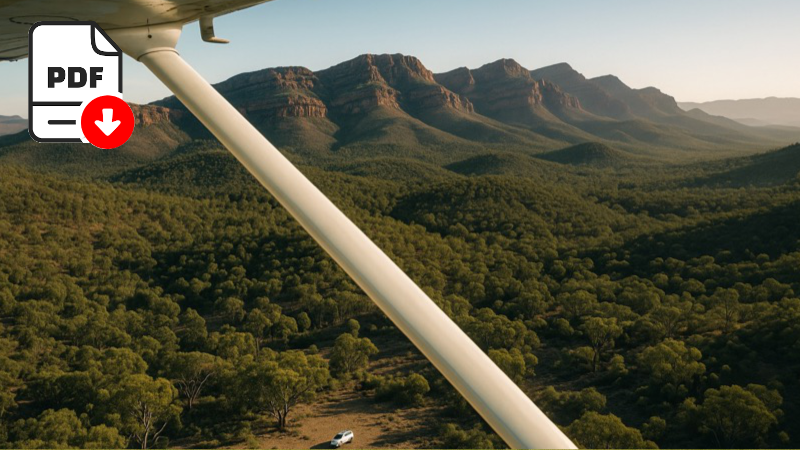
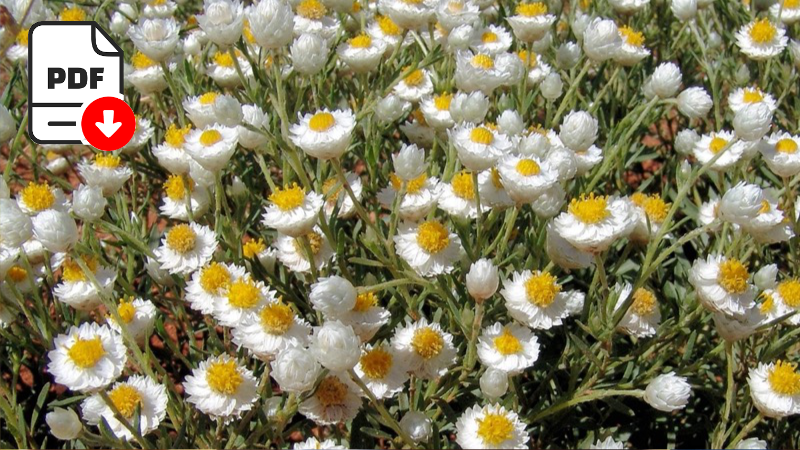
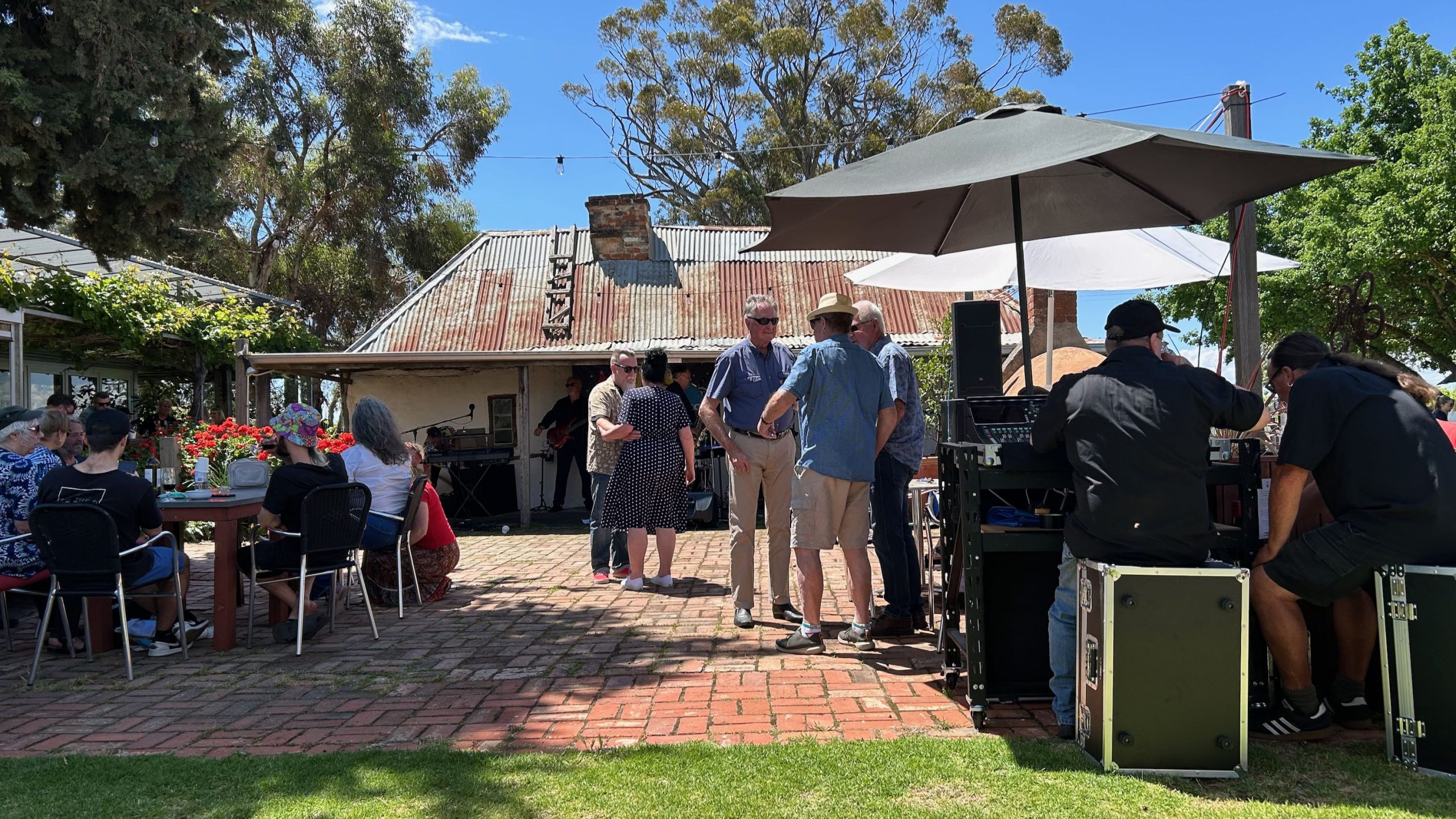

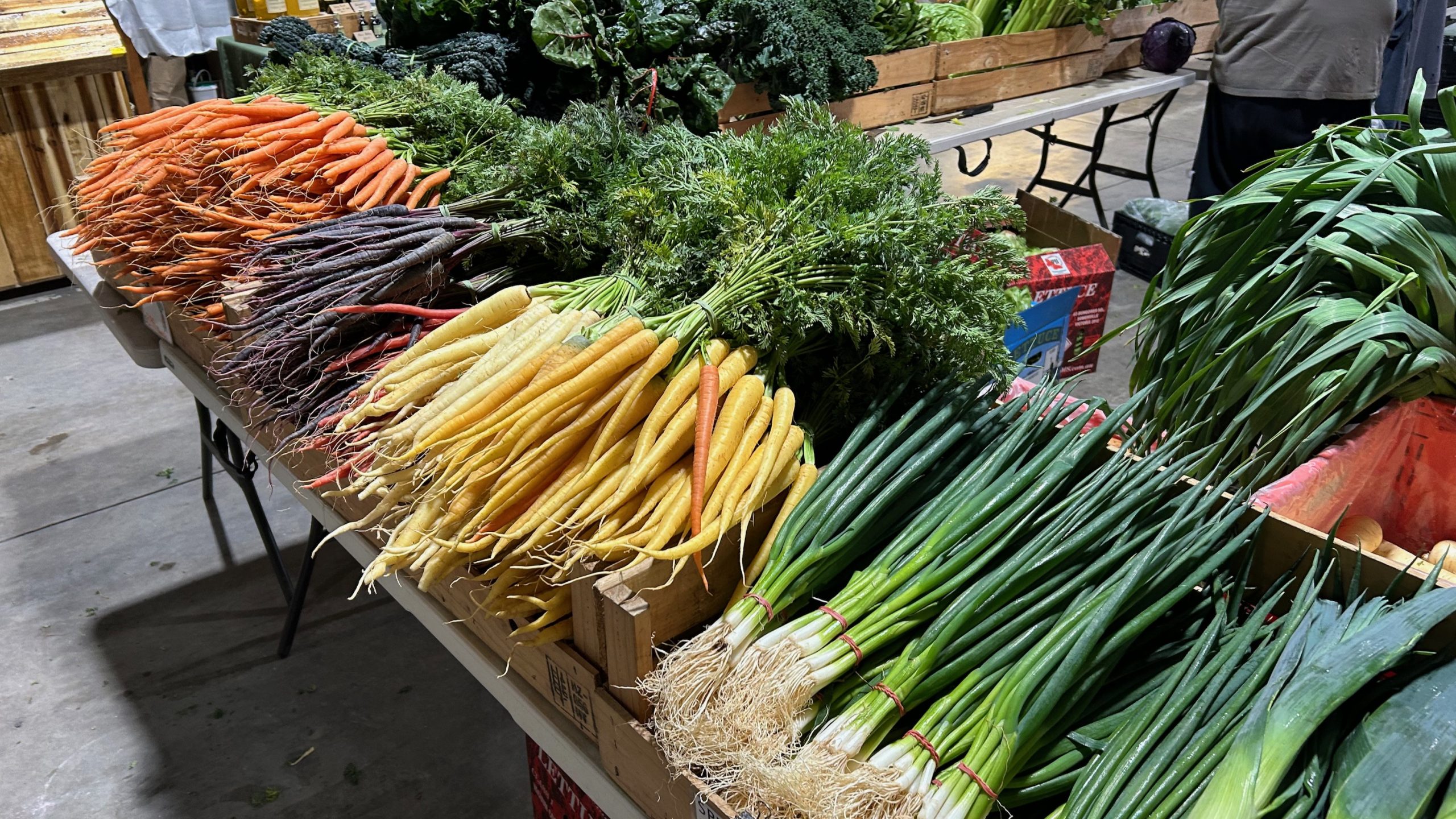


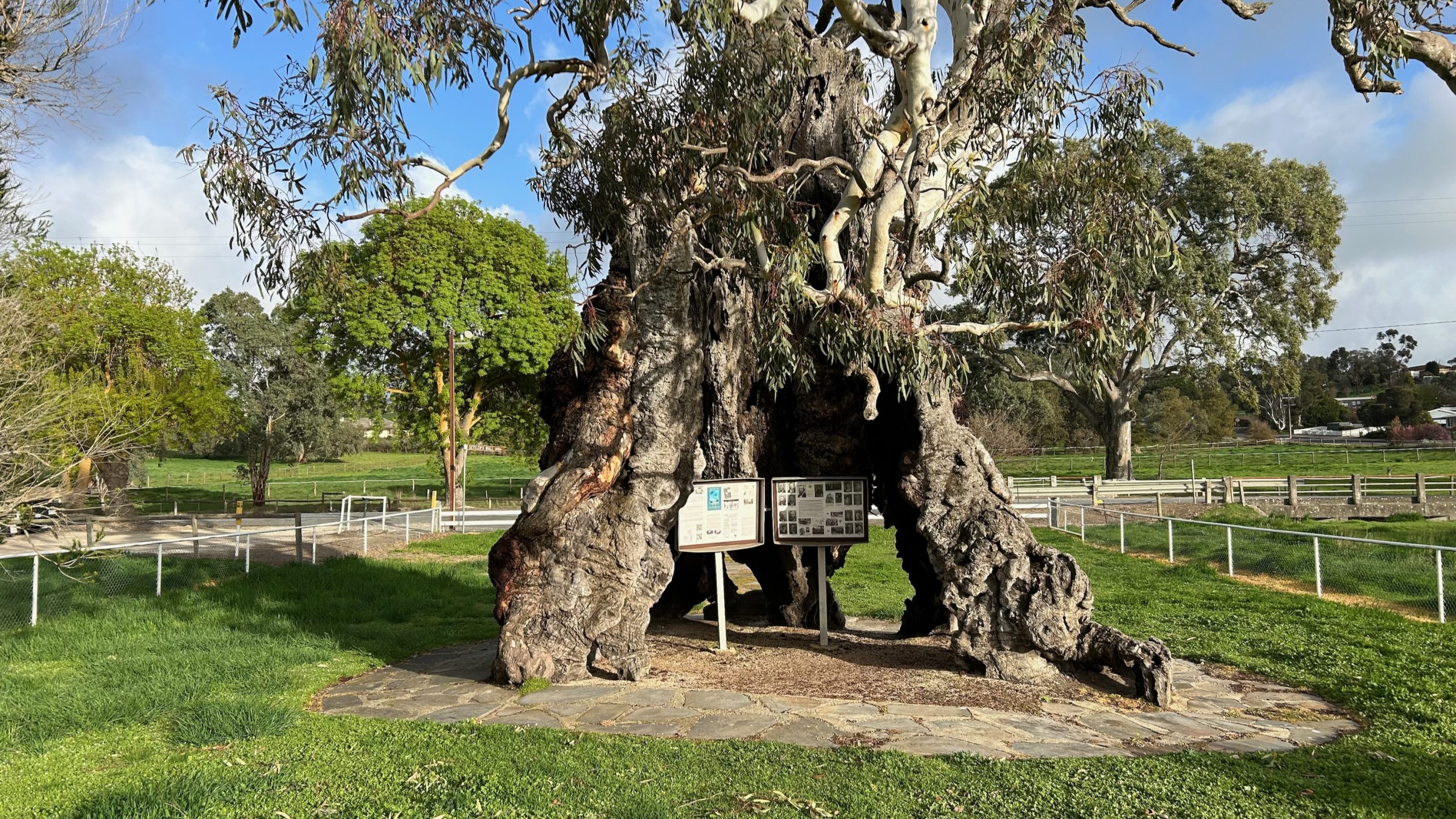
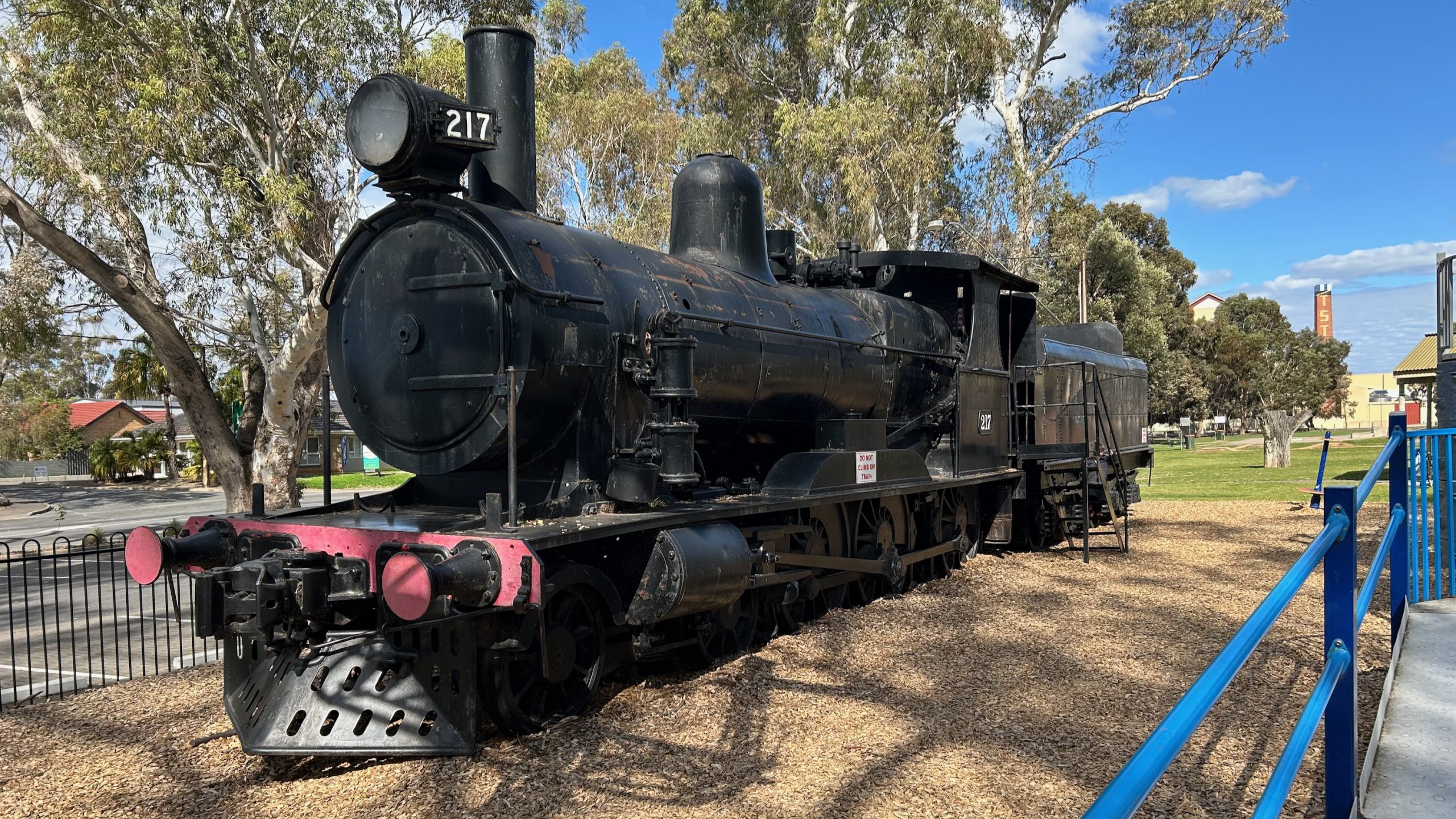


No tourist frills with this Conservation Park as it is a large tract of land retained as it was intended and has been forever. If you would like a stroll through the bush , this is it. Parking is very limited